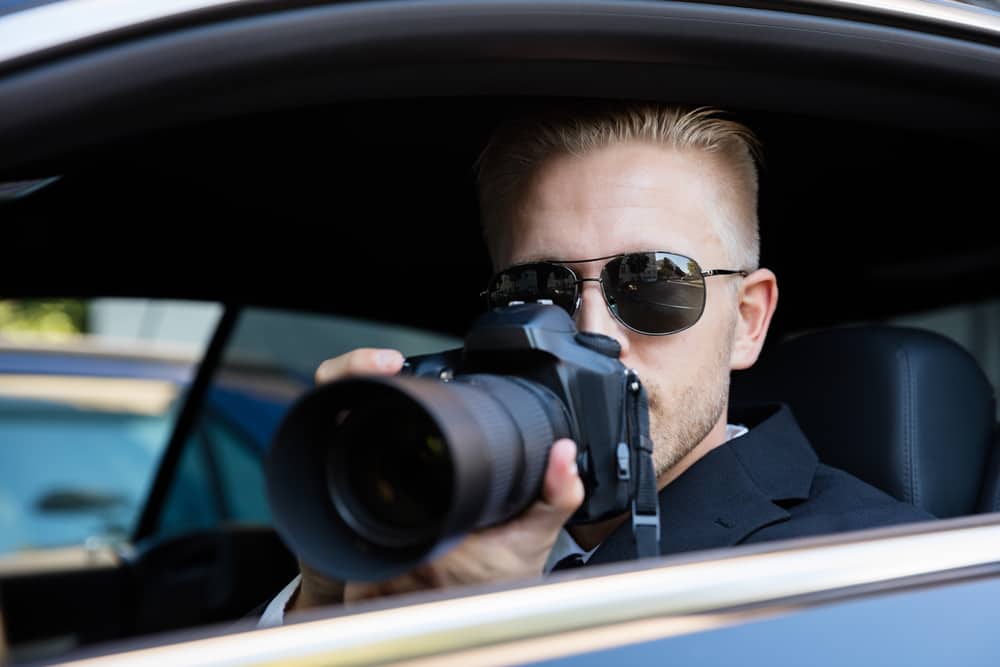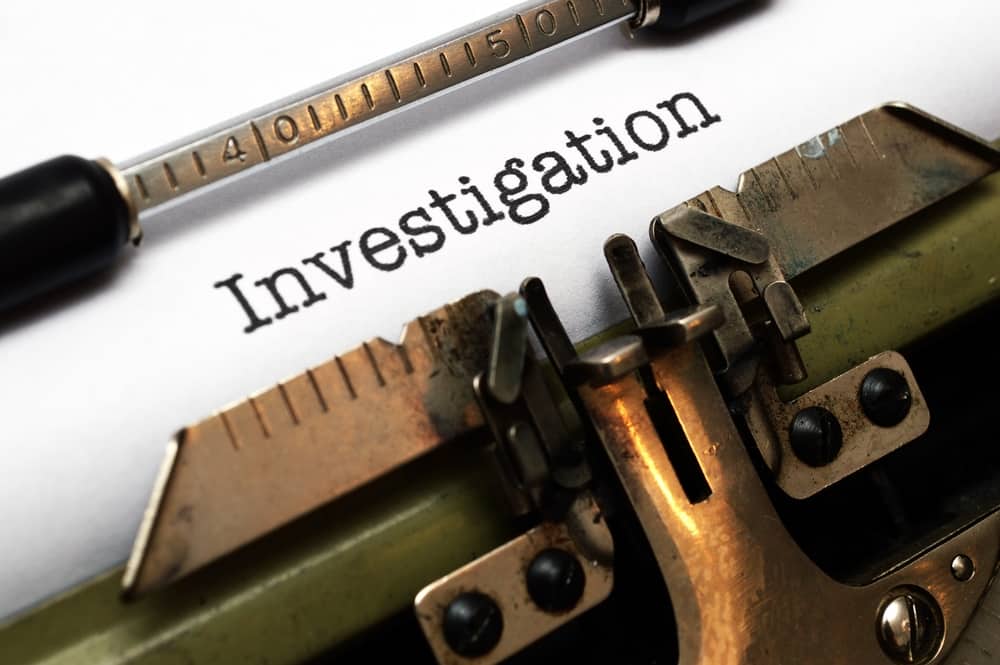
Many adjusters will use surveillance on cases to get a glimpse of what the claimant is up to on a day-to-day basis. Sometimes this can be helpful to the defense of the claim, and other times it can yield no real pertinent results towards the actions on a case.
But you must know what to look for and how to use these results to your advantage to assist in the defense of a claim.
1) Look for consistency
One of the biggest things an adjuster will look for is consistent objective evidence of a disability. This can be in the way a person is walking, using a cane, or other assistive devices, or are actually as disabled as claimed by the treating physician. It is almost a guarantee some surveillance will be initiated if a claimant is telling the adjuster he/she is stuck on the couch, unable to move due to the injury, and it is more than a few weeks post-injury.
Keys to be looking for are in the overall way a person is moving. Having actual surveillance footage does not mean it works to the adjuster’s advantage. In fact, it can cement the fact that the person is actually in pain and limited in the overall daily activities, which is good for the adjuster to know also. But, if there are some inconsistencies, it will contribute to the overall defense of a claim.
Click Link to Access Free PDF Download
“The 5Cs to Taking a Bulletproof Injured Worker Recorded Statement”
For example, a worker has a knee injury. Surveillance shows the employee walking normally without a limp. Then at the doctor’s or IME appointment, suddenly, a noticeable limp appears. When brought to the claimant’s attention, the claim of “having a good day that day” is made. Therefore, it is important to have multiple days of surveillance. If it can be shown that this person does not appear disabled or hindered in any way, except for when around a medical facility, then there may be a decent defense. Consistency is key. If holes are poked in this claimant’s statements of being “constantly disabled” and shown with surveillance footage, this is not so, and the claimant is not being 100% truthful, the defense is greatly helped.
2) Are canes and crutches being used? Are they being used correctly?
If a cane or crutches are prescribed, it is always good to see if the person is actually using them, and using them correctly. There are countless cases where a cane is prescribed and, if the person is actually using it, it is used incorrectly. Sometimes the cane is carried when walking. If an attempt is made to use the cane, it is used incorrectly in a way that isn’t helpful to the injury. Or, after leaving an IME appointment, the cane is tossed into back of the car and not used at any other time.
Note: Ask the IME doctor before the appointment to examine the cane or crutches for wear and tear. If the person is indeed using it all the time, the bottoms will be worn, and the handle may have some evidence of wear. If the medical device appears new and unused, and the worker is saying it is being constantly used, then there is some good ammunition to use in the defense, or at least as the basis for additional investigation.
3) Is the claimant breaking the medical restrictions on a regular basis?
Another great piece of evidence is getting footage of the injured party violating prescribed medical restrictions. This can come about in a variety of ways, from lifting and carrying heavier weights than allowed, to walking and running more than recommended. There could be evidence of other prescribed behavior such as golfing or hunting.
Try to show that these violations are happening on a regular basis, not only one time. Just because there is footage of the claimant walking to the mailbox when he reports being bedridden due to pain, does not mean there is a slam-dunk defense that warrants a denial of ongoing benefits. There is a need to establish the fact that this person is committing these violations on a regular basis, if not every day.
Be a supporter of regular surveillance on higher exposure cases, especially post-surgical ones. This is especially true when there are other risk drivers supporting that the person is actually benefiting by being out of work. Some examples of these risk drivers include having newborn or infant children to save on daycare costs; subjective evidence of disability without objective medical evidence support; and also with claimants who have a checkered past of workers comp and auto claims with several employers and carriers.
Summary
Surveillance can be a very helpful asset to defending a workers’ compensation claim. But you have to look for key pieces of evidence, and these pieces have to be shown to be regularly occurring. Most Judges will say that if the claimant is proved a liar when it comes to the activity level, and you can poke holes in their claims to further disability, then there should be a favorable decision for denial or defense of a workers comp claim. This may not be the case all the time, but if some holes can be poked in the armor of the claimant, then this is closer to the right path of discovering the truth about if this person is as disabled as they claim.

Contact: mstack@reduceyourworkerscomp.com.
Workers’ Comp Roundup Blog: http://blog.reduceyourworkerscomp.com/
©2022 Amaxx LLC. All rights reserved under International Copyright Law.
Do not use this information without independent verification. All state laws vary. You should consult with your insurance broker, attorney, or qualified professional.















It makes sense that businesses would want to have surveillance. That way if someone files a worker’s compensation claim, they can review the footage! It’s good to be able to prove or disprove things when it comes to something like that.